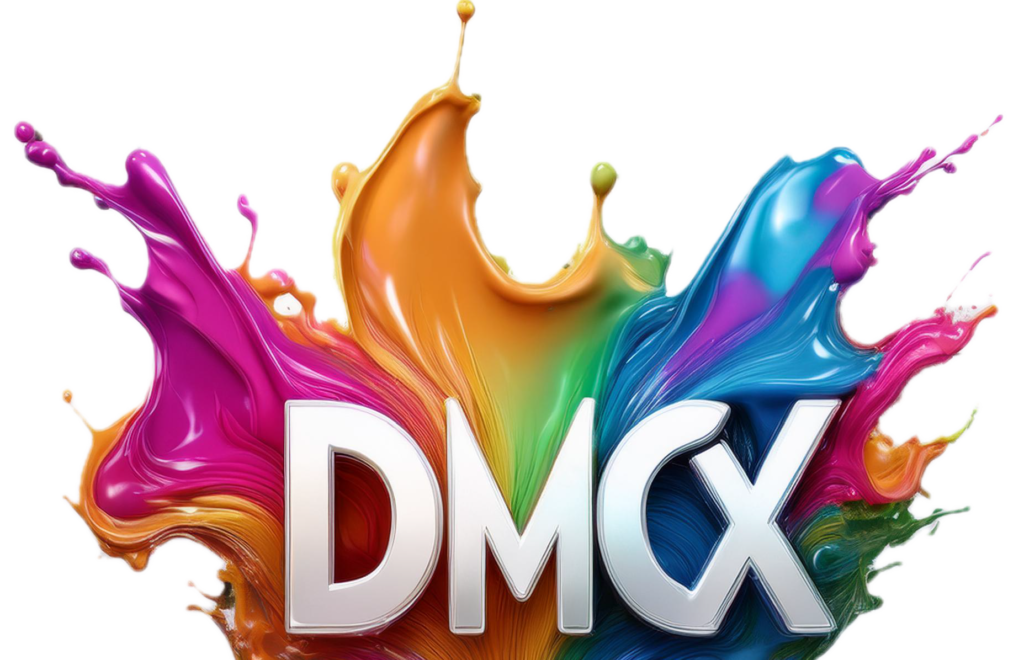Throughout the centuries, music has been regarded as the pinnacle of artistic expression, captivating the human soul with its harmonies. Its power lies in its ability to transcend language and cultural barriers, evoking emotions and creating connections that words alone cannot convey. Music has the unique capability to transport listeners to different times, emotions, and places, allowing them to experience a depth of feeling and beauty that is unattainable through any other form of art. It has the potential to heal, inspire, and unite people from all walks of life, offering a universal language that speaks directly to the core of human existence. As an art form that combines melody, rhythm, and harmony, music has the extraordinary ability to touch our souls, awakening emotions and awakening our spirits in ways that words alone cannot. From the intricate compositions of classical music to the raw emotional power of blues and the infectious energy of pop, music continues to be an integral part of our lives. It has the power to soothe and uplift us in times of sorrow and bring us together in moments of joy. In essence, music is more than mere entertainment; it is a transformative force that taps into the deepest recesses of our beings, leaving an indelible mark on our hearts and minds.
Introduction
Art, in its multifaceted splendor, serves as a profound vessel for the intricate tapestry of human emotions and thoughts. From the strokes of a painter’s brush to the rhythmic cadence of poetry, the realm of artistic expression is a diverse landscape. In this exploration, we delve into the kaleidoscope of art forms, ultimately unveiling why music, with its unparalleled power and universal resonance, emerges as the quintessential medium for emotional communication.
The Palette of Artistic Expression

Painting: A Visual Symphony of Emotion
The canvas, adorned with colors, shapes, and forms, becomes a portal into the artist’s soul. Painting, a visual art form, encapsulates emotions within brush strokes and color palettes. The observer, a voyager through the artist’s vision, interprets the painting through a personal lens, creating a profoundly subjective experience.
Poetry: The Language of the Soul
Words dance in rhythmic cadence, weaving tales that stir the heart. Poetry, often regarded as the language of the soul, intricately combines words and rhythms to evoke profound emotions. The brevity of a poem intensifies its emotional impact, offering a powerful avenue for the expression of complex feelings.

Dancing: Kinetic Expressions of the Heart
The human body, a canvas for kinetic art, becomes a vessel for the expression of emotions and stories. Dance, through movements and choreography, communicates a spectrum of feelings — from joyous celebration to contemplative sorrow. The physicality of dance establishes an immediate connection, fostering a shared emotional experience between performer and audience.
The Harmony of Music
Universal Language: Beyond Cultural Boundaries
In the symphony of artistic expressions, music emerges as a universal language, transcending linguistic and cultural barriers. A melody, like a thread, weaves through the fabric of diverse backgrounds, creating a shared emotional tapestry that unites humanity.
Abstract and Nonliteral: A Canvas of Emotions
Music, inherently abstract, grants the freedom to interpret emotions without the constraints of explicit representation. Unlike words or images, music communicates directly to the soul, employing a single note or chord to convey feelings that may elude verbal articulation.
Emotional Resonance: A Symphony of Feeling
The power of music lies in its ability to elicit visceral reactions. From the haunting strains of a violin to the triumphant crescendo of an orchestra, music taps into a spectrum of emotions — from profound sorrow to boundless joy — forging a profound connection with the listener
Time and Rhythm: A Journey Unfolding
Music unfolds over time, guiding the listener through a dynamic journey of emotions. The rhythm, tempo, and pacing of a composition create an immersive experience, allowing for the gradual development and modulation of feelings.
Conclusion
In the grand symphony of artistic expressions, each form possesses its unique strengths. However, as the maestro conducts, music emerges as the pinnacle of emotional communication. Its universal appeal, abstract nature, emotional resonance, and temporal dimension converge to form a harmonious orchestra that resonates deep within the human soul. In the vast landscape of art, music stands as the maestro, weaving harmonies that echo the profound melodies of the human experience.
























